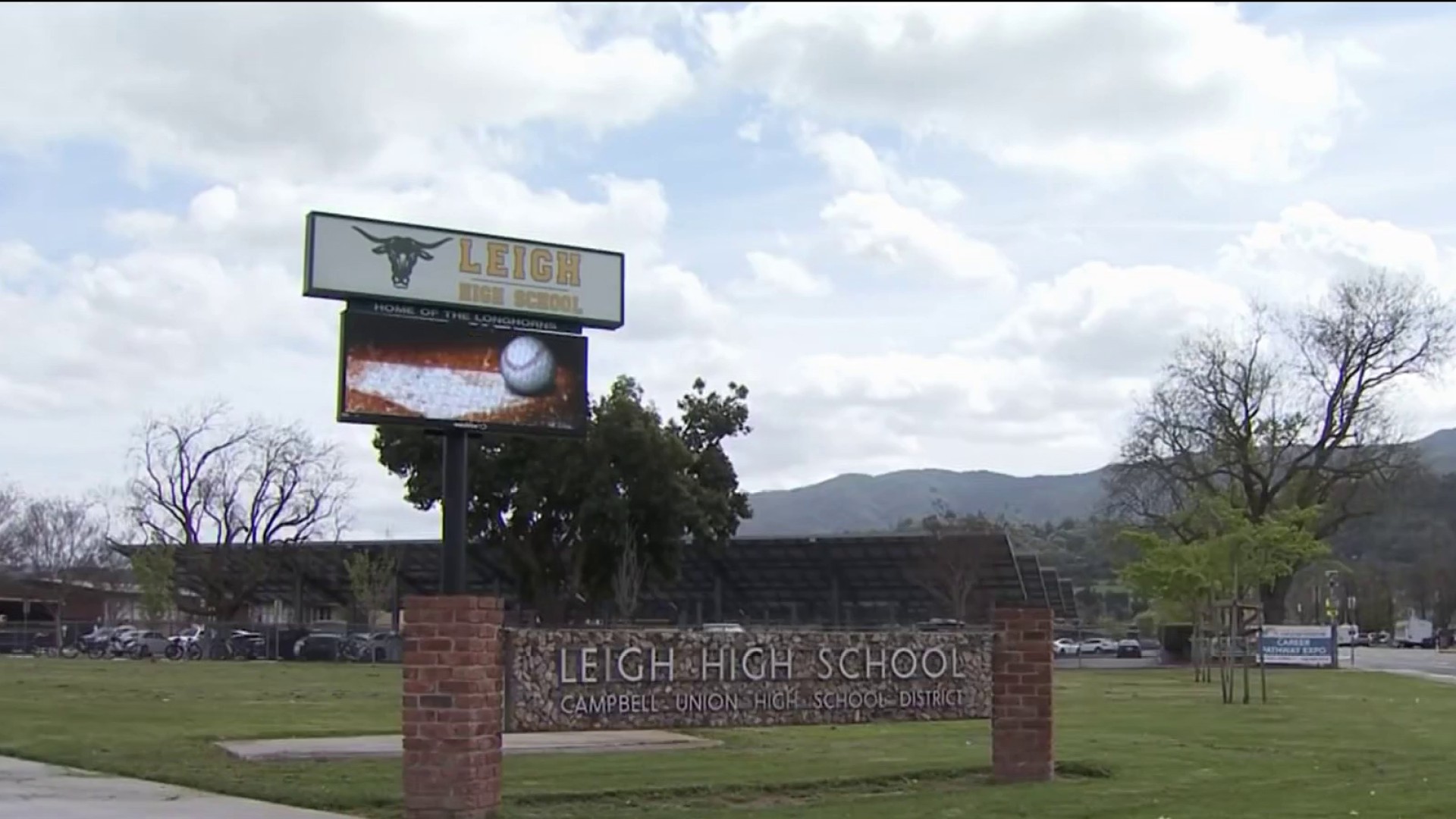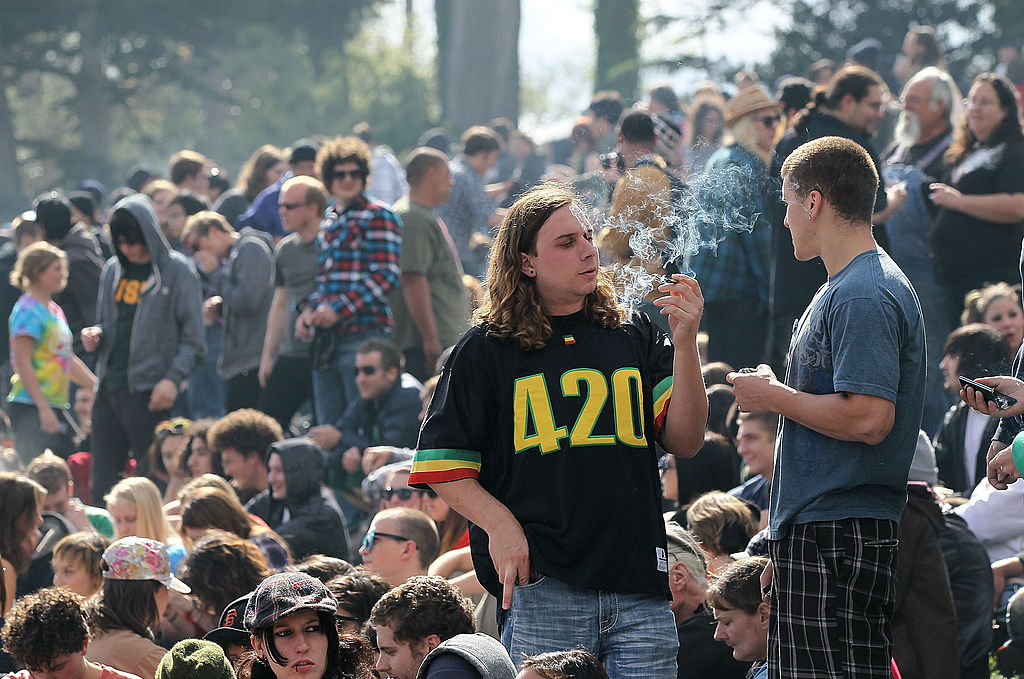Normal 0 false false false EN-US X-NONE X-NONE /* Style Definitions */ table.MsoNormalTable {mso-style-name:"Table Normal"; mso-tstyle-rowband-size:0; mso-tstyle-colband-size:0; mso-style-noshow:yes; mso-style-priority:99; mso-style-parent:""; mso-padding-alt:0in 5.4pt 0in 5.4pt; mso-para-margin-top:0in; mso-para-margin-right:0in; mso-para-margin-bottom:10.0pt; mso-para-margin-left:0in; line-height:115%; mso-pagination:widow-orphan; font-size:11.0pt; font-family:"Calibri","sans-serif"; mso-ascii-font-family:Calibri; mso-ascii-theme-font:minor-latin; mso-hansi-font-family:Calibri; mso-hansi-theme-font:minor-latin; mso-bidi-font-family:"Times New Roman"; mso-bidi-theme-font:minor-bidi;} San Francisco’s nightlife has long been considered colorful. But this week it’s being hailed for one color in particular – green. A new economic study of San Francisco nightlife found it generated $4.2 billion in spending in 2010.
“Something like this, an economic impact study gives us some clout, some teeth to say we’re a contributor,” said Sean Manchester, owner of San Francisco dance club Mighty.
The report was assembled by San Francisco’s City Controller, at the request of Supervisor Scott Weiner. “It’s useful as we make policy decisions in the future,” said Weiner at a news conference Monday to announce the report’s findings.
- The study compiled from 2010 statistics, found the city’s nightlife generated 48 thousand jobs, and $55 million in tax revenue.
- 36 percent of the spending took place in North Beach and Chinatown. Soma and Fisherman’s Wharf/Marina district contributed 14 percent each.
- Two-thirds of the spending was generated by visitors from outside the Bay Area.
“We know that these nightlife interests are important to San Francisco’s cultural fabric,” said Alix Rosenthal of the California Music and Culture Assoc. “Now we know, and we have the numbers to prove, it’s really important to San Francisco’s economy.”
The city’s club and bar owners have frequently portrayed themselves as under fire from over-zealous police and complaining neighbors. They say they’ve been targeted as scapegoats anytime violence breaks out in or around their businesses. Some saw the report as vindication, and a bargaining chip in future battles with the city.
The report restricted its survey to restaurants, clubs, venues, bars, theaters and cultural institutions like the ballet. It didn’t include outside festivals like the Outside Lands festival which is estimated to have contributed $60 million dollars in spending.
Local
“People coming to town for those big events stay, have dinner, get a hotel and then go out that night,” said Terrence Alan, a longtime San Francisco event organizer. “That is a huge boon.”
Weiner said the report’s findings could play in to future regulations and zoning decisions for night time businesses making up San Francisco’s nocturnal playground. Manchester said it could help dispel misconceptions about the city’s nightlife.
“I think the greatest challenge is the perception the nightlife is a bunch of people out razing hell,” said Manchester, “…creating havoc.”



